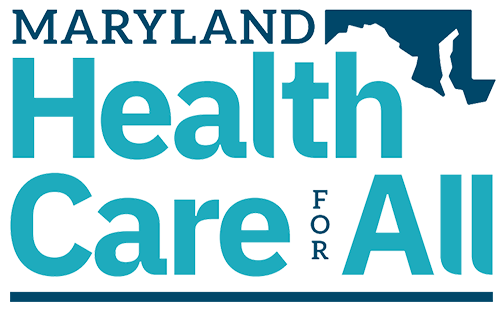The Baltimore Sun
February 23, 2011
There is an annual ritual in the beer industry: every fall Anheuser-Busch raises its prices, usually in the range of 3-4 four percent. This increase occurs regardless of inflation and is a testament to the dominant position the makers of Budweiser hold in America’s beer market.
In his commentary in The Sun on Feb. 22 (“‘Dime a drink’ tax would cost thousands of jobs”) Pietro Di Pilato, a vice president of the world’s largest liquor company, argues a dime a drink increase in the price of alcohol will cost the industry thousands of jobs. If this increase — which our research shows will raise the price of alcohol products by an average of 6.25 percent — is so dangerous to Maryland’s industry, how is it that our state is able to weather the equivalent of that occurring every two to three years?
Mr. Di Pilato also misquotes one of us as writing that higher alcohol taxes have limited influence on drinking behavior. In fact, alcohol taxes are among the most effective public health tools available for controlling alcohol problems, and they carry unique advantages. They help curtail alcohol abuse and its consequences while leaving individuals’ freedom to choose to consume alcohol intact. Alcohol taxes enhance public revenues and promote health and safety.
This is not just our opinion. This view of alcohol taxes has been supported by systematic reviews of the literature conducted by the Centers for Disease Control and Prevention, by the World Health Organization, and by a recent peer-reviewed analysis of 114 studies looking at the impact of taxes and prices on alcohol consumption.
The evidence is overwhelming: Increasing alcohol taxes is a win-win for the state. They raise needed revenues, and they reduce alcohol abuse and related problems, saving lives, reducing underage drinking and helping the people of Maryland lead safer and more productive lives.
The recent analysis of 114 studies concluded that an across-the-board tax increase such as Maryland’s dime-a-drink proposal will influence heavy drinkers more than the general population. Our research estimates that the dime-a-drink increase would save 33 lives annually in Maryland — from traffic crashes, liver disease and homicides that are alcohol-related. These effects would be achieved through lower levels of consumption among those who are most likely to be alcohol abusers.
The fact of the matter is that Mr. Di Pilato’s commentary is rife with the kinds of misquotes and “analysis” that should be familiar from debates over tobacco taxes. (His economic analyses come from a report by the former chief domestic economist for Philip Morris.) He claims that more than 50 percent of the retail price of alcohol already comes from taxes. Included in this 50 percent is every penny the industry has ever paid in federal corporate income, payroll, personal income, estate, gift and excise taxes; customs duties; and fines and other fees, as well as state and local taxes on corporate profits, property, sales, severance, estate, gift and personal income taxes; licenses; fees; and certain payroll taxes, according to a 2008 report done by the same economist for the Beer Institute. By the same standard, many of us pay out a large chunk of our income in taxes as well, but this is hardly relevant to a discussion of alcohol excise taxes.
Alcohol excise taxes are levied specifically on alcohol because of the harms that excessive alcohol use causes to society. The question has never been whether alcohol should be taxed in a special way, since the costs of alcohol to society are so substantial, amounting to somewhere between $3.5 billion and $7.1 billion per year in the state of Maryland, according to our earlier study. The question rather is how much it should be taxed. If Maryland’s liquor taxes had kept up with inflation (as, for instance, personal income taxes do) since they were last raised in 1955, the tax would be higher today than the dime-a-drink proposal.
Mr. Di Pilato also ignores the other side of the dime-a-drink proposal, which would raise $215.4 million in new revenues and devote much of this money to improving access to health care, enhanced services for those with developmental disabilities and mental health problems, and alcohol and other drug problem prevention and treatment services. These activities will preserve and create jobs in sectors that are far more labor-intensive than alcohol production.
The dime-a-drink proposal is not a massive job-killing tax but rather a life-saving and economy-enhancing proposal. The Jernigan, Waters, Ross and Stewart study estimated that the tax will generate approximately $131.7 million in improved productivity in Maryland, part of the $225 million in savings from property losses, criminal justice and health care costs that will result from lower alcohol consumption and reduced alcohol-related harms.
All of us pay out more in tax every year because most taxes — like the sales and income taxes — are based on a percentage value and thus inherently rise with inflation. Liquor companies like Diageo have been exempted from this for the past 55 years. It is long past time they pay their share of the costs incurred by the excessive use of their products.
David H. Jernigan, Hugh Waters and Philip J. Cook
Messrs. Jernigan and Waters are on the faculty of the Johns Hopkins Bloomberg School of Public Health, and Mr. Cook is a professor of public policy at Duke University.
Last modified: February 24, 2011


